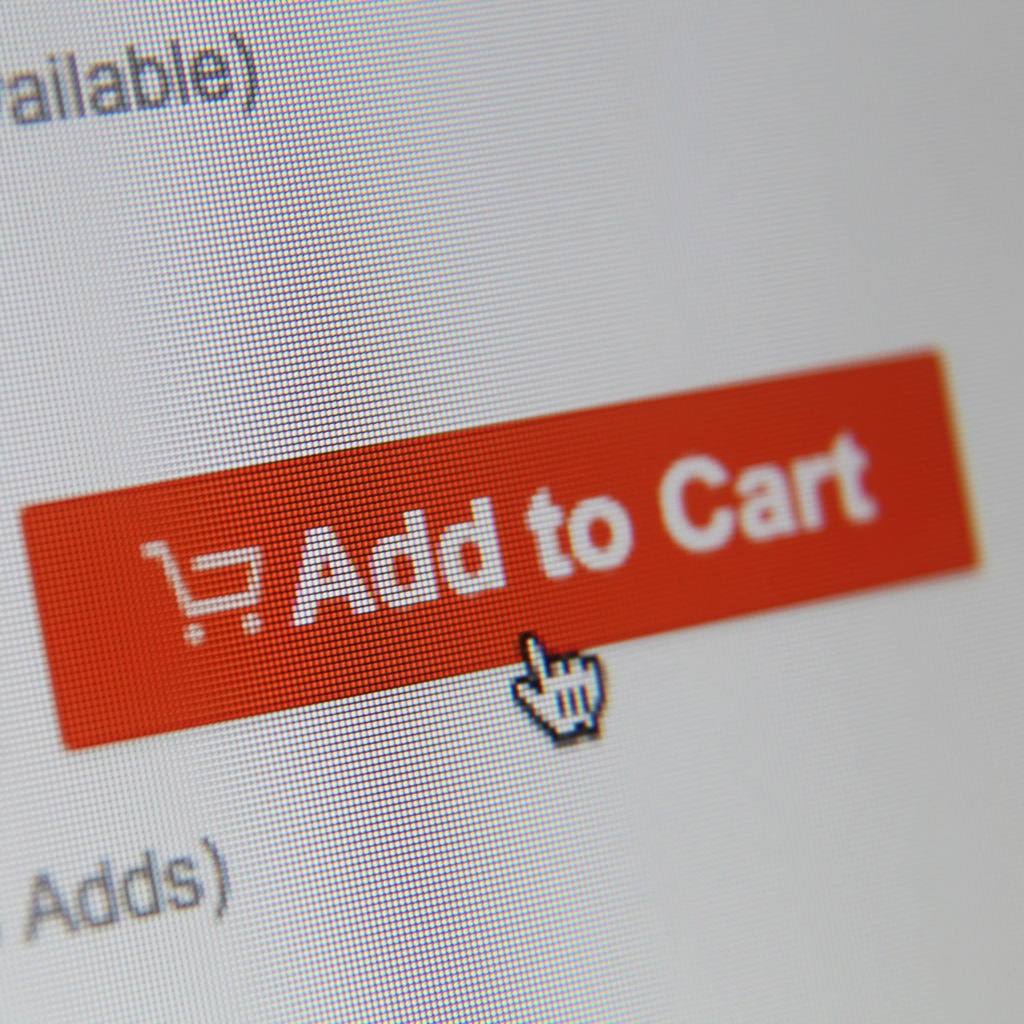
Online retailers use ‘live’ cues to sway our purchasing decisions – but which ones are more effective?
You’ve spotted a pair of shoes you like online. The website tells you there are only two pairs left in your size. Next to it are similar shoes that you like as much – 100 pairs have already been sold. Which shoes do you add to your cart?
It is common for online retailers to display so-called ‘live’ cues such as stock levels and the number of sales made, to signal popularity and quality. Airlines signal scarcity by telling shoppers there are only two tickets left for a particular flight, for instance. Electronic goods retailers will show popularity by showing how many of a particular model have already been sold.
But which tactic works better on consumers?
‘Selling fast’ versus ‘very popular’
New research from Monash Business School’s Department of Marketing demonstrates that providing these real-time cues can lead to a 34 per cent lift in sales, compared to when no information is provided.
However, displaying sales level information works most effectively on shoppers – a technique that could also provide a boost for bricks-and-mortar retailers, according to the study’s authors, Department of Marketing senior lecturer Dr Yongfu He and Head of Department, Professor Harmen Oppewal.
The paper, ‘See How Much We’ve Sold Already! Effects of Displaying Sales and Stock Level Information on Consumers’ Online Product Choices’, has been published online and will appear in 2018 printed issue of the prestigious US publication, Journal of Retailing.
“Australian sites such as Ebay.com.au and ozsales.com.au have a lot of stock information. Initially I was interested in exploring the impact this had on sales if you could see there were only a few items left and the number, such as booking hotel rooms when there are only two left,” Dr He explains.
Importance of external cues
Online consumers can’t touch or see the real product, so they face more uncertainty about the reliability of their purchase. Therefore external cues to assess popularity and quality are important. But there has been little research into how consumers respond when both stock and sales cues are present. So Dr He and Professor Oppewal designed two online studies to test consumers’ purchase decisions when presented with both real-time sales and stock data.
“We know from this study that when comparing sales and stock, sales information will be stronger than that of stock level information. But brand awareness moderates the effects and particularly reduces the stock level effects,” Dr He says.
The study found that information about stock levels can be ambiguous. When there are two products, the one with lower stock levels is likely to be more popular as it is perceived as being better quality. Out-of-stock creates a sense of urgency and in fact accelerates purchases. But shoppers may also interpret low stock levels are due to the retailer stocking less of it to begin with and assess it as less popular.
In contrast, sales information sends a clearer signal to the consumer and will take precedence over stock information when both are displayed, the study predicted.
If stock level information is being used to stimulate sales, then displaying sales level information should be limited, as sales information tends to dominate.
If a brand is already well-known to the shopper, the power of both the sales and stock level cues drop. When one of the brands is highly familiar, this will limit the effectiveness of the sales and stock information cues.
Lessons for bricks-and-mortar retailers
These insights can directly inform online retailers, but should also interest offline retailers in terms of how to best start communicating sales and stock level information to customers.
Despite increasing opportunities to display sales and stock level information live to consumers with the use of modern eTag technology, traditional retailers still seem reluctant to adopt live practices, possibly due to cost concerns and information sensitivities. They rely on more tangible cues – such as being able to touch or try on a product.
Studies based on traditional retailing indicate that on-shelf levels have a negative effect on shoppers. That is, displaying too much of a product signals increased availability and lowers the perception of both its scarcity and in some cases, its quality; meaning shoppers can be less interested in it.
But ignoring how shoppers respond to ‘live’ cues could mean bricks-and-mortar retailers risk dropping even further behind online retailers. “Technological developments continue and product information will be increasingly available to consumers while they shop,” the study points out.
“Offline retailers should therefore also consider whether and how to make sales and stock level information available, and can benefit from insights gained in this study as to how to influence consumers’ product perceptions and potentially boost patronage and accelerate merchandise turnover.”
Dr He and Professor Oppewal intend to follow up the research by looking at multiple cues such as price, online reviews, and quality of photography.


